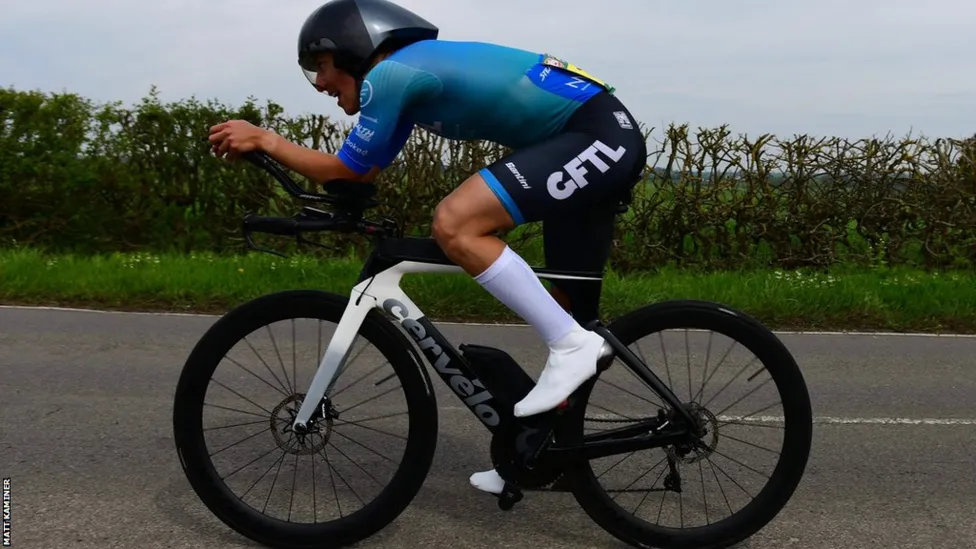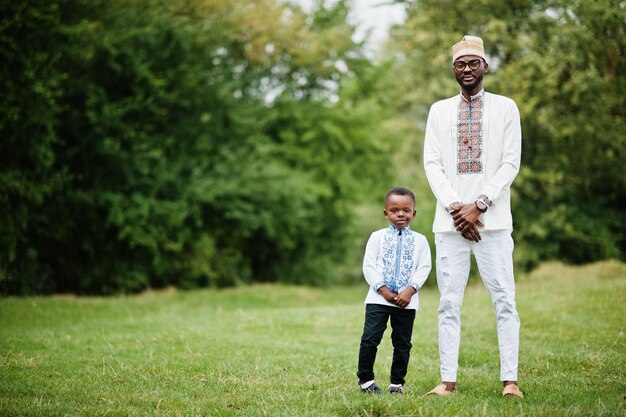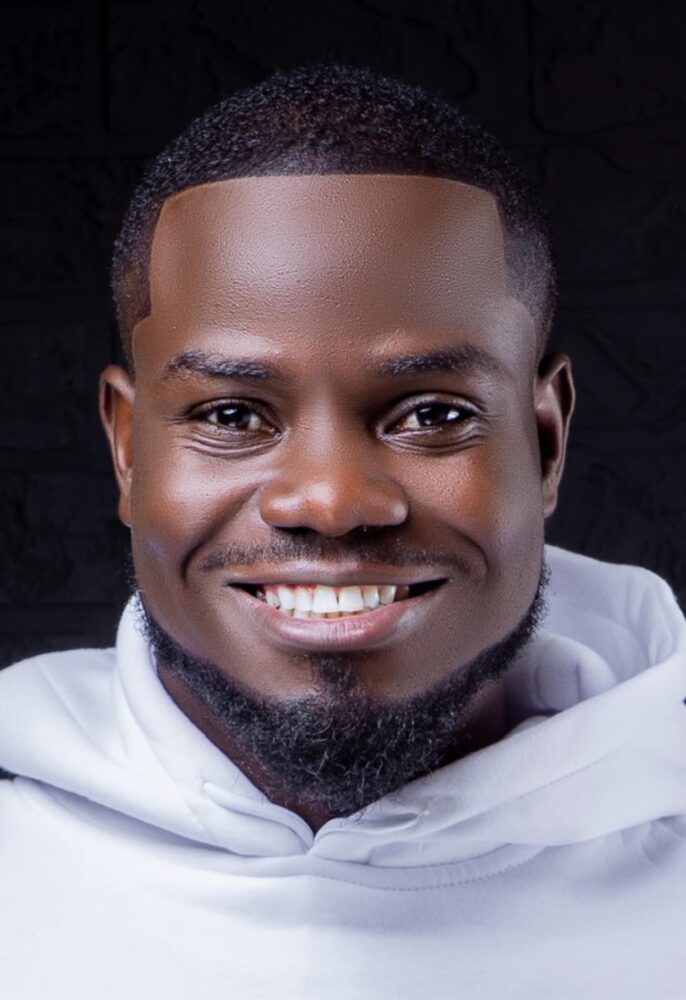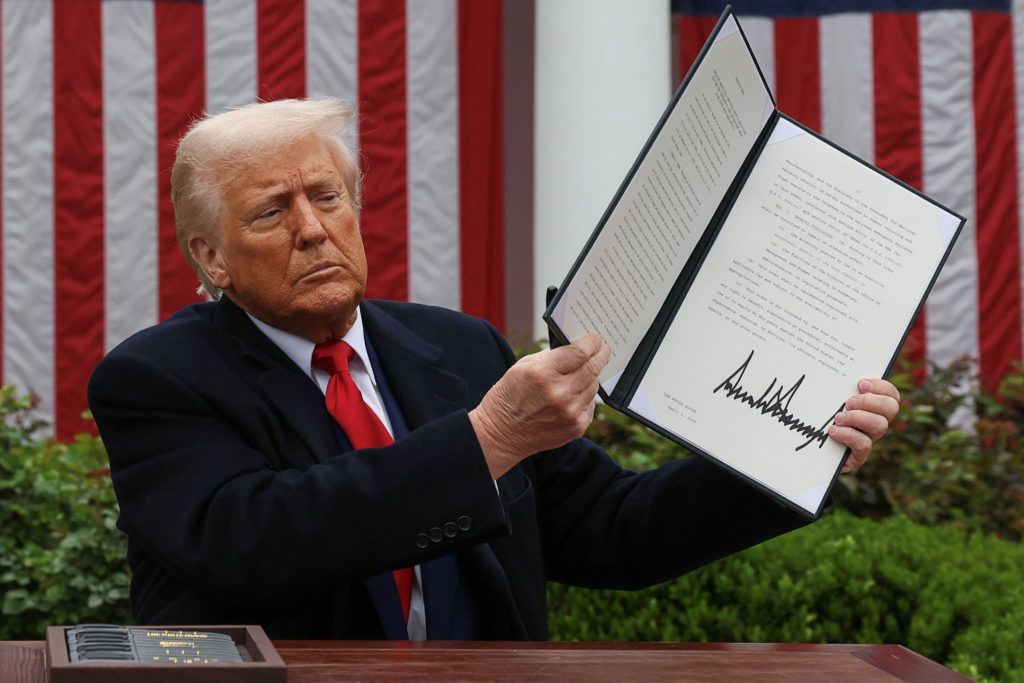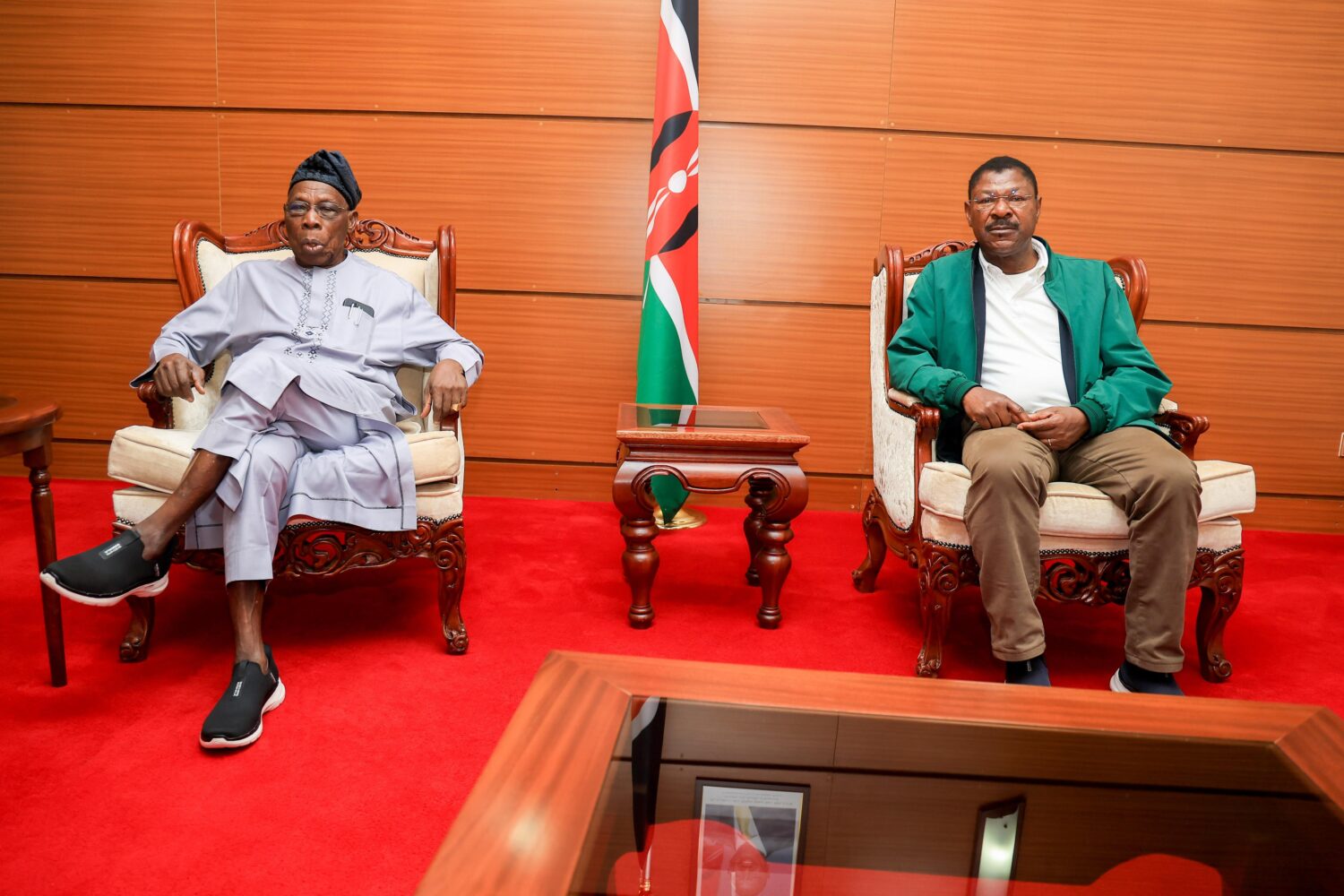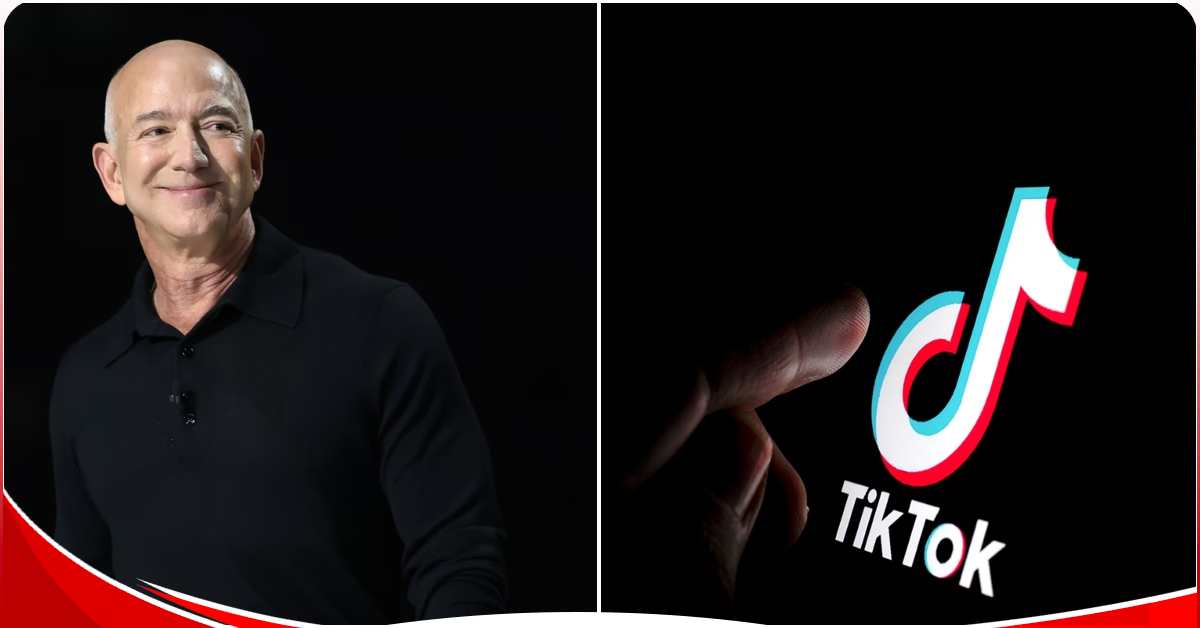Scientists may have just found a way to save the endangered Northern White Rhino from extinction after they successfully performed the first Rhino embryo transfer.
The embryo was lab-created and transferred to a surrogate mother.
In Vitro fertilization (IVF) was first carried out with a closely related species- southern white Rhinos to test the waters before they embarked on performing it on the northern Rhinos.

READ ALSO: KWS officers rescue orphaned zebra found suckling on its mother’s carcass
Due to the illegal poaching in the previous years, only two northern white Rhinos remain in the world.
The two Rhinos are kept under tight security at the OL Pejeta Conservancy in Kenya.
Susanne Holtze, a scientist at Leibniz Institute for Zoo and Wildlife Research in Germany told BBC that achieving the first successful embryo transfer in a Rhino is a huge step as they had 13 failed attempts.
“It’s very challenging in such a big animal, in terms of placing an embryo inside the reproductive tract, which is almost 2m inside the animal,” Susanne told BBC.
The scientists are confident that with this type of achievement, they will be able to create northern white rhinos the same way and that will be able to save the species from extinction.
READ ALSO: Man drowns while escaping arrest in Kericho
There are only 30 embryos in existence and are stored in liquid nitrogen in Germany and Italy.

These were created using eggs harvested from the youngest northern white Rhino while sperms were from two male northern rhinos before they died.
The birth of the Northern white Rhino will however require other scientific measures because neither of the two remaining northern Rhinos can carry a pregnancy.

This is because of their age and health problems.
The embryo will be implanted into the womb of a surrogate southern white Rhino. IVF across a sub-species has never been tried before but the scientists are confident It will work.
“I think the situation for the northern white rhino is quite privileged for the embryo transfer because we have a closely related recipient – so their internal map is nearly the same.”Prof Thomas Hildebrandt, the director of Leibniz IZW and project head for the Biorescue Consortium told BBC

